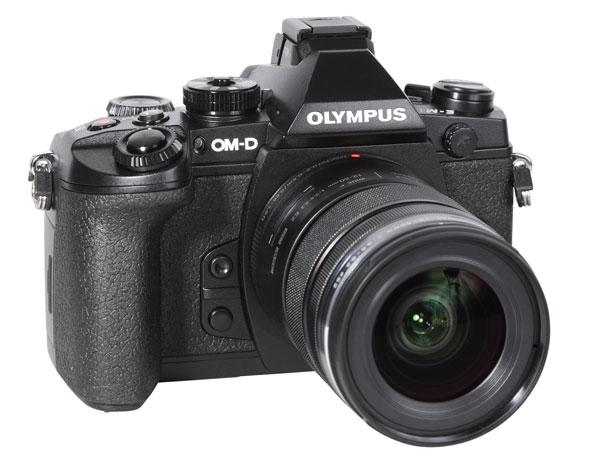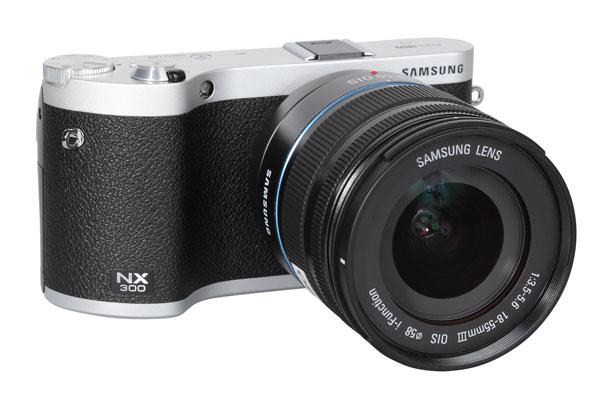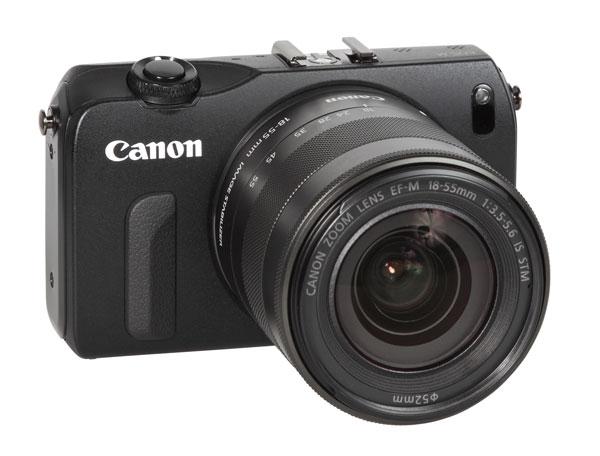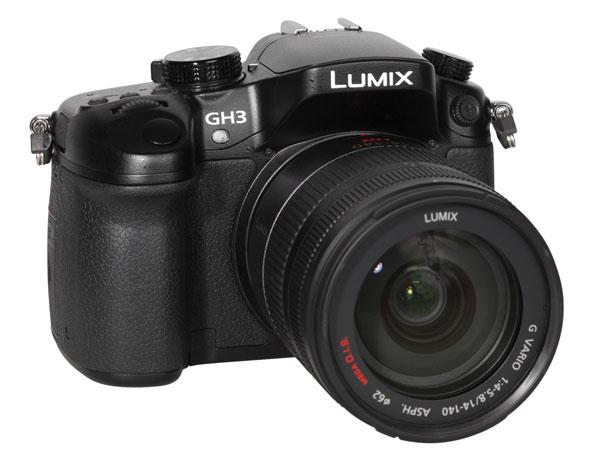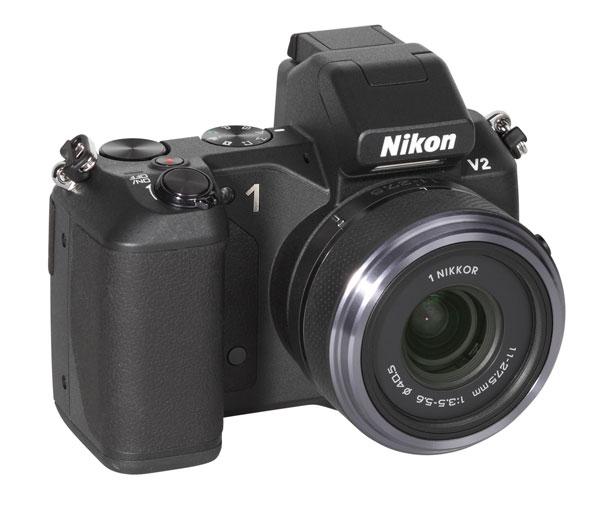|
Mar 12, 2014
|
Apr 18, 2014 |
First Published: Mar 01, 2014
|
Apr 21, 2014 |
First Published: Mar 01, 2014
|
Mar 28, 2014 |
First Published: Feb 01, 2014
|
Mar 07, 2014 |
First Published: Jan 01, 2014
|
Jan 28, 2014 |
First Published: Dec 01, 2013
|
Jan 31, 2014 |
First Published: Dec 01, 2013
|
Jan 03, 2014 |
First Published: Nov 01, 2013
|
Nov 12, 2013 |
First Published: Oct 01, 2013
|
Nov 22, 2013 |
First Published: Oct 01, 2013
|
Aug 11, 2013
|
Aug 20, 2013 |
First Published: Jul 01, 2013
|
Aug 27, 2013 |
First Published: Jul 01, 2013
|
Jul 09, 2013 |
First Published: Jun 01, 2013
|
Jul 19, 2013 |
First Published: Jun 01, 2013


